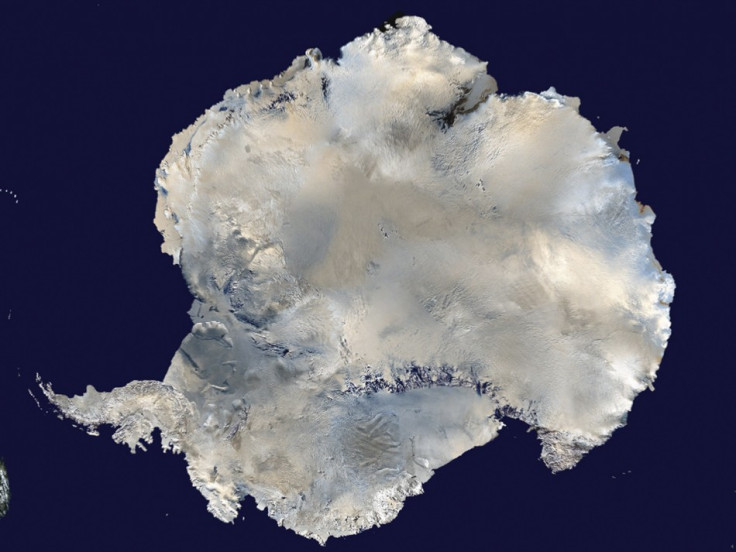Antarctic Icequakes Triggered by 8.8 Magnitude 2010 Chile Earthquake

A huge earthquake in Chile in 2010 triggered icequakes in Antarctica over 3,000 miles away, scientists have said.
Experts from the Georgia Institute of Technology analysed seismic activity on Antarctica to provide the first evidence that the South Pole's frozen ground is sensitive to earthquakes far away.
Icequakes – also known as cryoseism – can occur when sections of frozen land crack open. As water drains into the ground, freezes and expands, it can put stress on the land and lead to large ice masses to break up. They can also be caused by a non-tectonic seismic event from sudden glacial movements.
Seismic events take place regularly on Antarctica, with some areas experiencing hundreds of tiny earthquakes every hour. However, in March 2010, there was a considerable increase in the number of icequakes taking place.
Researchers looked at seismic data from 42 stations six hours before and after an 8.8 Magnitude earthquake in Chile. Almost 30% of the stations showed evidence of high-frequency seismic signals as the surface wave from the earthquake arrived on the frozen continent.

Study leader Zhigang Peng said: "We interpret these events as small icequakes, most of which were triggered during or immediately after the passing of long-period Rayleigh waves generated from the Chilean mainshock."
He said there were key indicators to show the icequakes were not naturally occurring. Findings also showed these icequakes took place across the continent, with some lasting up to 10 seconds.
While the source of many of the icequakes was difficult to determine, Peng added: "At least some of the icequakes themselves create surface waves, so they are probably formed very close to the ice surface.
"While we cannot be certain, we suspect they simply reflect fracturing of ice in the near surface due to alternating volumetric compressions and expansions as the Rayleigh waves passed through Antarctica's frozen ice."
© Copyright IBTimes 2025. All rights reserved.






















